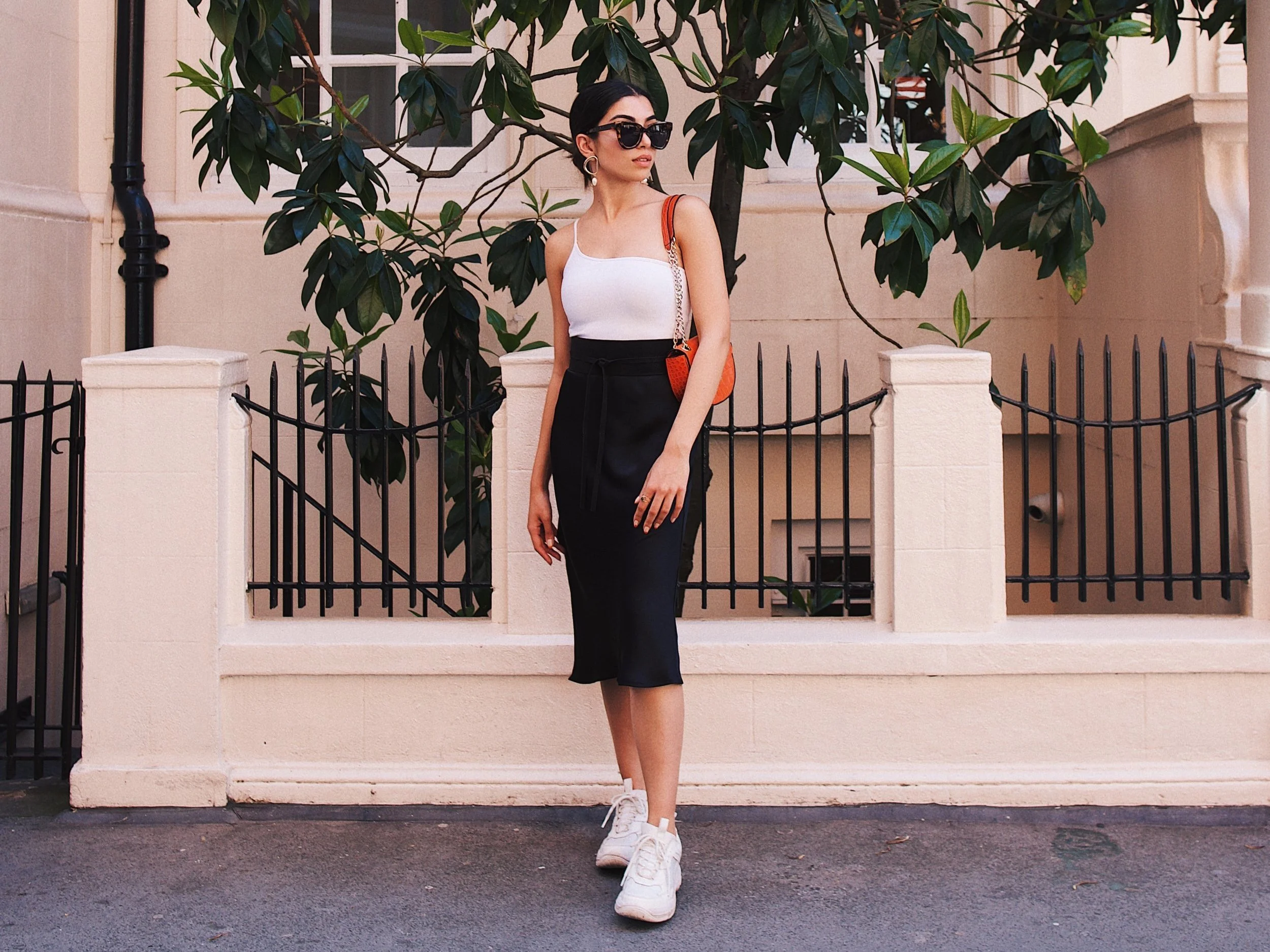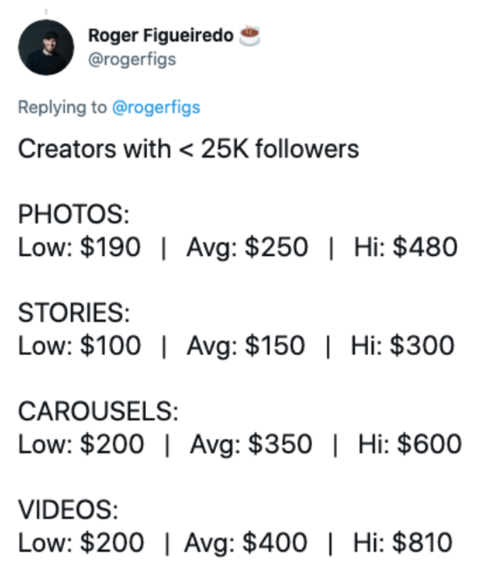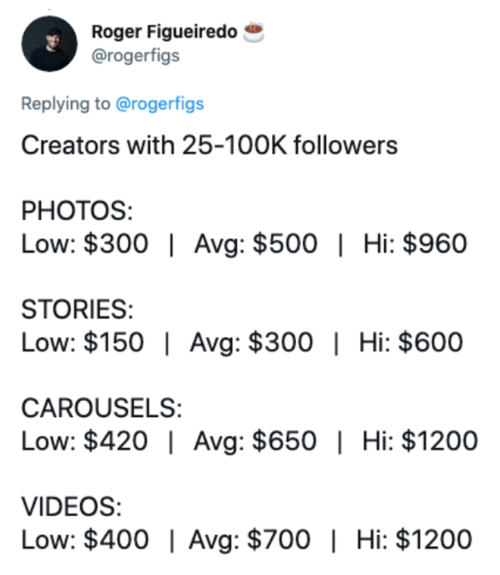HOW TO CHOOSE INFLUENCERS FOR YOUR NEXT MARKETING CAMPAIGN
Influencer marketing is nothing new. But the opportunities to partner with notable creators and reach their audiences are steadily increasing and it’s predicted that 20% of all US digital marketing budgets in 2021 will be spent on working with online influencers. Ready to get started on your own campaigns? Here are our top tips for how to choose influencers that work best for your business.
WHEN IS THE RIGHT TIME TO START WORKING WITH INFLUENCERS?
Working with influencers comes down to three core goals – drive sales, grow your brand awareness, and build your community. Before you can consider approaching anyone about a possible campaign, it’s crucial that you have the infrastructure in place to support these. After all, the plan is to see success across all three goals but if your business isn’t equipped to handle that possible influx of new customers, that’s where you need to start.
If all of these elements are in place, it’s time to start thinking about working with influencers, particularly if you have a natural niche or market fit with your product. When you’re thinking about what makes a good influencer, find someone who reflects your current or ideal audience and consider options for enhancing representation and alternative viewpoints.
You might have several candidates in mind already. But before you reach out, the number one question that you need to ask yourself is: “do we have the budget to work with them?”
HOW MUCH DO INFLUENCER CAMPAIGNS COST?
Generally speaking, no one should be expected to work for free, but there may be opportunities for you to partner with up-and-coming influencers with audiences of less than 5,000 followers who are looking for their first brand partnerships.
For everyone else, expect to pay more the larger the influencer’s audience is. Monetizing typically works in two ways: paying for the organic post itself and sometimes also the rights to use that post again in your own advertising after the campaign has ended.
Every influencer will price their services differently but on average, you can expect to pay in the low hundreds per post when working with micro influencers (under 25,000 followers), up to $2,000-4,000 per post for accounts over 100,000 followers.
Roger Figueiredo, VP of marketing agency #Paid, broke down creator pricing on Twitter back in February:
Thread link: https://twitter.com/rogerfigs/status/1365367452587208712
WHAT MAKES A GOOD INFLUENCER?
You’ve got the budget and you’re ready to start approaching creators, but where do you begin when you’re trying to decide how to choose influencers? If you only remember one point from this post, let it be this:
Choosing influencers who are aligned with your brand is always your number one priority.
Whoever you work with is representing you, your brand, and your product. If alignment is off in any way, move on to someone else. Everything about influencer marketing is about their audience, not you, consuming the content and becoming possible customers. Your brand needs to be exactly what that audience is looking for.
Ultimately, the metrics and rates of any influencer mean nothing if you can’t sell to their audience. Do your homework before reaching out and make sure that their demographics and selling ability match your goals, rather than being swayed by their aesthetic or past brand collaborations.
For an added bonus, look for influencers who like and respond to comments, especially on ad posts. This is a great indication that they truly care about both their audience and their brand partners, which usually means they’re easy to work with. Once you do contact them, take note of how responsive they are to direction and communication, along with their general attitude towards your brand.
WHAT ADVERTISING OPTIONS ARE THERE?
There are several ways that you can usually work with influencers, from sponsored blog posts or social media content, to actual ads run on their account on behalf of your brand. You can even collaborate on giveaways or trips if that makes sense for your business.
Budgets will likely determine which direction you choose to go in with your advertising and the influencers you work with, but understanding different types of content will also help to inform your next move.
UGC VS. CREATED CONTENT
When you’re planning an influencer campaign, one of the first big decisions that you’ll want to make is whether to use user generated content (UGC) from the influencer themselves, or whether you will be providing them with pre-created content.
There’s pros and cons to both approaches. Created content gives you full control over messaging and visuals, but this “staged” approach can backfire if it doesn’t connect with the audience and appears too perfect to be real.
UGC is a more authentic angle and will likely resonate better with the audience, but requires almost complete confidence in your partners’ creative direction, aesthetic and ability to naturally integrate your products into their feed. There will always be an element of risk in UGC, but the results are usually worth it.
There’s significant value in content like tutorials and the “real life” use of your products. After all, it’s the personality and recommendations of the influencer that built their audience, so allowing them the freedom to highlight your product in a way that makes sense for them, even if unconventional, is often a successful strategy.
THE SMALL PRINT: REGULATIONS AND DISCLOSURES
Transparency and consistency in advertising may not be something you’ve ever thought about before but when you’re working with influencers, getting this right can make the difference between FTC compliance and fines of thousands of dollars.
Be sure to have the conversation with your chosen influencer ahead of campaign launch as to how they intend to disclose that they’re working with you and that any content created is an ad. Everything needs to be disclosed, whether it’s a free trip or experience, comped products, editorial coverage for a product, or a commission or affiliate link.
The rule is, if you didn’t buy it, disclose it. Don’t sign off on any content that doesn’t make this explicitly clear.
HOW DO YOU MEASURE INFLUENCER CAMPAIGN SUCCESS?
Before you launch an influencer campaign, set several KPIs that can be used to determine whether you achieved your goals. Typical optimizations that most product businesses will use when working with influencers are clicks to the brand website or an increase in web traffic, engagement and impressions, or purchases and conversions.
If possible, refer to your Google Analytics or CRM data for tracking, or using Pixel data as a second best source. You should also set agreements with the influencer upfront on any data that they can provide you with such as Instagram story or post engagement data. Detailed metrics are the cornerstone to knowing whether you’ve seen a positive ROI and will inform your next moves when it comes to working with influencers again.
Start working with niche influencers that strategically align with your brand. Get in touch to begin planning your next campaign.




